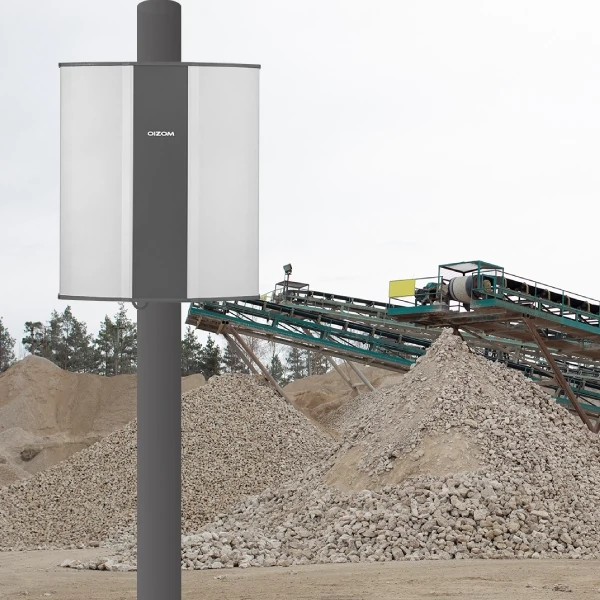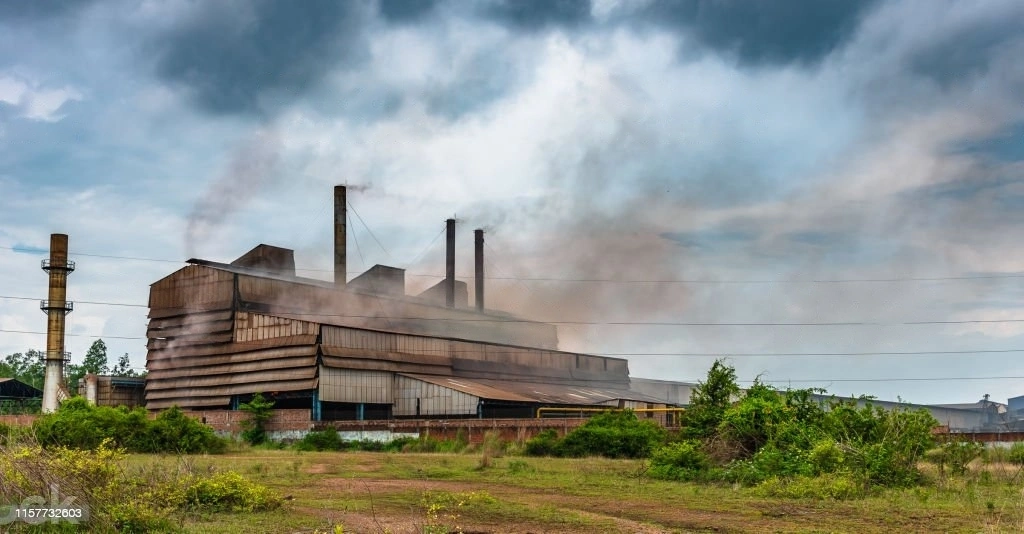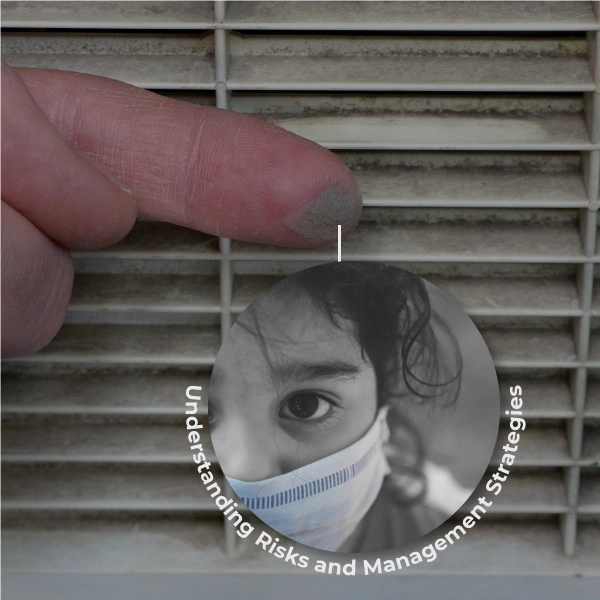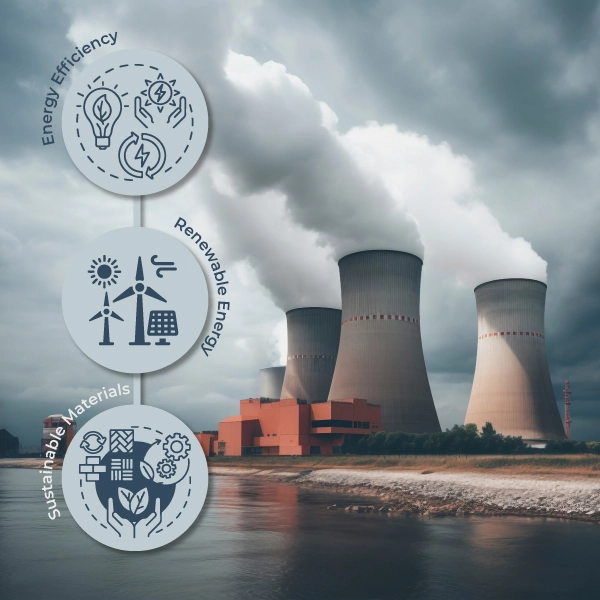Summary of Blog
As the pollution level is increasing, it becomes crucial for everyone to take preventive measures before going outdoors. Dust is a hazardous pollutant that can lead to severe diseases, including respiratory diseases and cancer, and it can also lead to death. Installing dust monitoring systems can be beneficial, and these monitoring systems can be crucial in industrial workplaces as well as outdoor environments. They help to ensure air quality and protect people from harmful dust exposure. This blog delves into dust monitoring systems that measure air quality in real time at various locations. It explains the system’s components, such as sampling mechanisms and detection chambers, and methods like light scattering for analyzing dust concentration. The data is processed and displayed in real-time, facilitating immediate environmental assessments and promoting public health and safety.
Dust Monitoring System Working
Are you curious about how a dust monitoring system monitors air quality, especially in locations where dust and particulate matter can be a real concern? Let me introduce you to one. However, below, we will talk about basic information about dust.
Dust, whether visible or microscopic, is a frequent environmental pollutant with serious consequences for human health and the environment. It is present everywhere, whether indoors or outdoors. Various monitoring approaches and tools have been developed to control and minimize dust’s effects efficiently. One such piece of equipment is a dust monitor. Why Dust Monitoring is Essential for Your Business can be understood by examining a dust monitor, its working principle, and various functioning systems.This blog will examine a dust monitor, its working principle, and various functioning systems.
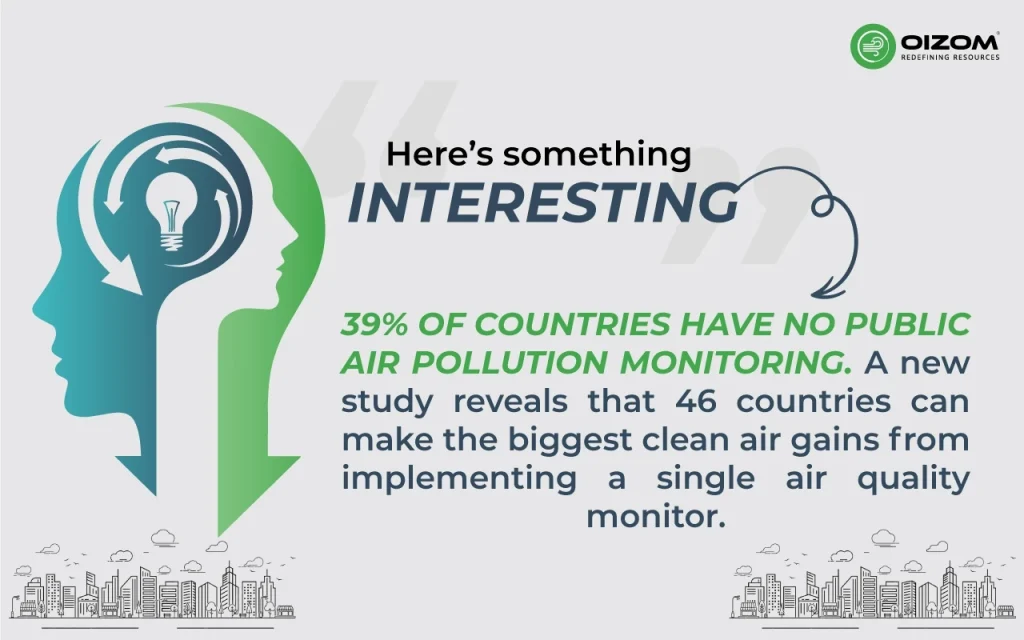
Working Principle of Dust Monitoring System
A dust monitor employs the following components and processes:
Sampling Mechanism: Dust monitors have a sampling mechanism that collects air samples from the surrounding environment. The sampled air is subsequently sent to a detecting area for analysis.
Detection Chamber: The collected air is subjected to a measurement technique to determine the concentration of dust particles. Light scattering, beta attenuation, and condensation particle counts are some ways to achieve this goal.
Light scattering is one of the most prevalent techniques used in dust monitors. It involves illuminating a light source, typically a laser, into the sample air. As dust particles pass across the light beam, they scatter in different directions. The amount and angle of scattering are utilized to assess the particle concentration and size.
Data Analysis: The data acquired by the dust monitor is analyzed, processed, and displayed in real-time. Users can often access this information via a user interface, including numerical statistics, graphical representations, and alerts that sound when dust levels exceed specified limits.
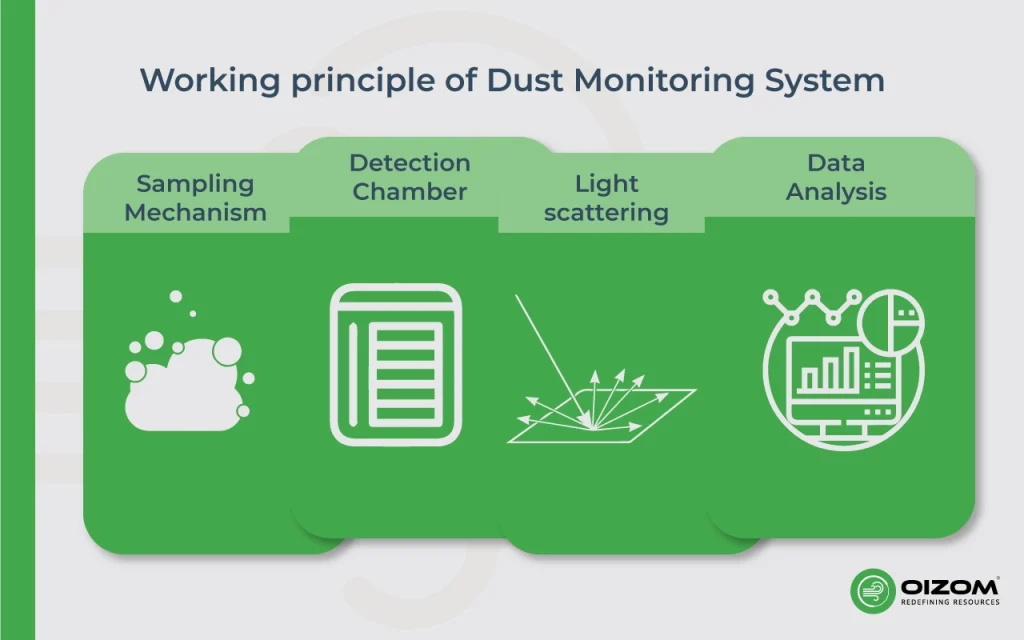
Dust Monitoring System Functionality (The composition of dust monitoring system)
The dust monitoring system comprises dust monitoring equipment and a remote monitoring cloud platform. It has collected data, data analysis, and over-limit alert functions, and it is suitable for long-term outside monitoring 24 hours a day. Dust monitoring systems have various compositions, including the detection part, data processing, data display, and data platform.
Detection part
Data processing
The data processing unit, which consists of the collection host, is the core of the dust monitoring system. It collects and stores the data monitored by the sensor. Then, it performs analysis and processing according to statistical criteria, uploads the processed data to the cloud platform, and manages the localized display of parameters to achieve a combination of environmental parameters and video surveillance images.
Data display
An outdoor LED display panel displays real-time monitoring data on-site, warning construction units and the residents and allowing for rapid pollution management and reduction when the upper limit of noise or dust is reached.
Data Platform
Generally, it consists of a cloud platform for online dust monitoring. For example, Envizom is an air quality monitoring software for real-time air quality data acquisition, visualization, and analytics. The Oizom environmental data interpretation engine fetches the data from the Oizom Environmental monitoring stations. On receiving the data, the engine runs necessary corrections and compensation algorithms. Envizom uses secured HTTPS servers for data storage. Alternatively, this data can also be stored on local premises servers.
The dashboard module shows the data in different chart formats, whereas in the Overview module, the devices can be geo-mapped to their respective locations. In addition, Envizom offers advanced modules like Automated Reports, Smart Alerts, and Process Automation.
Conclusion
Dust monitors are extremely useful tools for measuring and monitoring airborne dust particles. Their functioning principle, which includes sampling, detection, and data analysis, enables real-time monitoring and study of dust concentration. The benefits of dust monitoring range from safety and environmental monitoring to regulatory compliance, process improvement, and public health protection. Regular dust monitoring is not just a routine procedure but a proactive strategy. By utilizing dust monitor capabilities, we may better understand and reduce the impact of dust on our health, the environment, and our daily lives.
FAQs
To detect and measure airborne dust particles, ensuring compliance with air quality standards.
Optical particle counters and beta attenuation monitors are commonly used.
Data is typically sent wirelessly to a central system for real-time analysis using Wi-Fi or cellular networks.
Sensors measure dust by drawing air in and using light scattering or absorption techniques to count and size particles.
